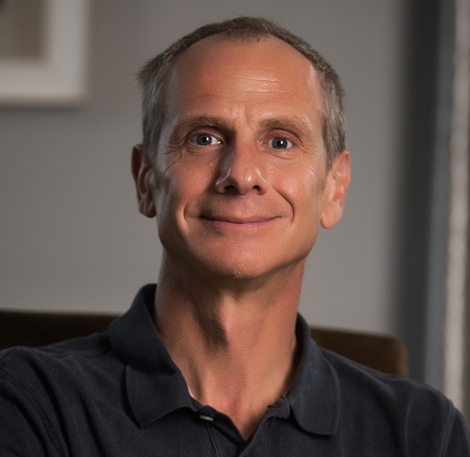Blog
Moving Inclusive Education Forward for Girls
Ian Attfield is a senior Regional Education Advisor based in Nepal, working on the UKAid-funded Girls’ Education Challenge (GEC). The GEC is the world’s largest global fund dedicated to girls’ education, supporting up to 1.5 million marginalised girls with access to education and learning across 17 countries. In Nepal, the GEC has five projects supporting girls to learn.
Inclusive Education in the Girls’ Education Challenge
Inclusion must start with good data, you must be counted to count, and then action taken. The GEC has rolled out the simple but effective Washington Group Questions across the portfolio of over 40 projects in Africa and Asia. All projects have identified girls with disabilities, typically around 5% prevalence. Projects have used this data to identify and solve barriers deterring enrolment, progression and learning. The GEC has identified lessons to date from using the Washington Group Questions, demonstrating the need for all education programmes to accommodate disability from the start and that specific impairments are more prevalent in mainstream schools than others.
I have been struck by the significant, commonly 10%, prevalence of girls with some or ‘mild’ functional impairment. They often greatly benefit from simple assistance to learn, such as: peer support, corrective glasses, more time for tests, positioning within the classroom, primary health care and good nutrition. The GEC’s disability inclusion specialists are currently combining disability data with measures of learning outcomes across the portfolio to investigate the impact of learning and disability. We expect to share initial findings at the UKFIET conference (September 2019) and use this to further adapt our programmes to be more inclusive and amplify these approaches though public education systems.
The GEC has also been supporting knowledge exchanges between South Asian countries working on disability. Following on from the collective Statement of Action and commitments made at DFID’s 2018 Global Disability Summit, Cambridge University and Inclusive education experts from UNICEF and Humanity & Inclusion met with researchers and government education officials from Nepal, India, Pakistan, Bhutan, Bangladesh and Africa to discuss and share good practice and experience in inclusive education.
Dharmendra’s Story
The GEC works with whole communities, including boys and men, to change their attitudes and behaviours towards girls and women. The GEC is also working with boys who may face barriers to accessing an education, such as Dharmendra, a 10-year-old boy living in the Terai border plains of Nepal. Dharmendra’s parents had taken him as a young child to two hospitals to seek treatment for blindness, but doctors were unable to help. Dharmendra stayed at home, while his siblings and friends went to school from the age of six. He speaks well and can recognise people by voice and touch of their hand, but his parents knew of no options for support or to provide him with an education.
I met Dharmendra and his family three months after he had been identified by a team from the GEC ENGAGE project. ENGAGE has a strong inclusive education focus and is supporting both boys and girls with disabilities to acquire reading, maths and life skills in non-formal classes and address barriers to enrolment into school or vocational programmes.
Two processes were transforming Dharmendra’s life. Following a formal diagnosis, a new identity card had just arrived for a Nepal Government disability scheme, with an entitlement for regular welfare payments and other support. ENGAGE had organised a braille teacher, himself visually impaired, who was visiting regularly. Finally, with a chance to learn, Dhamendra was making excellent progress. He could confidently recite the Nepali alphabet, and arrangements were being made to enrol him in a school in a nearby town that could support vision impaired learners.
Whilst truly inspirational, it was a reality check about the challenges facing governments and communities (and those who are supporting them) that want to ensure the rights of all children to inclusive education. Specialist teachers, equipment and resource classes are limited and often far beyond daily travel for the children who need them. A hearing-impaired sign language class I visited was excellent but relied on most children living in classrooms converted to dormitories. Whilst a happy environment was evident, there were clear risks around institutionalisation and child protection. Subsidies could cover living costs, but not transport to maintain regular family contact.
The GEC is breaking new ground by using the use of the Washington Group questions in efforts to ensure inclusive education. Progressive universalism highlights the importance of the expansion of a good quality education for everybody through a targeted approach, which prioritises the allocation of resources to those most in need, such as those with disabilities. The GEC is working to ensure that those most marginalised remain prioritised, our hope is to not only have a transformative effect directly on girls, but also for marginalised boys such as Dharmendra and wider society to benefit from the fund.
